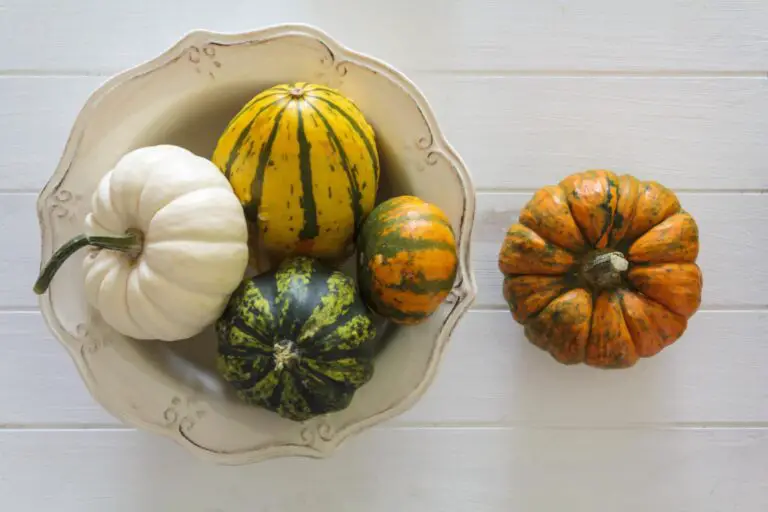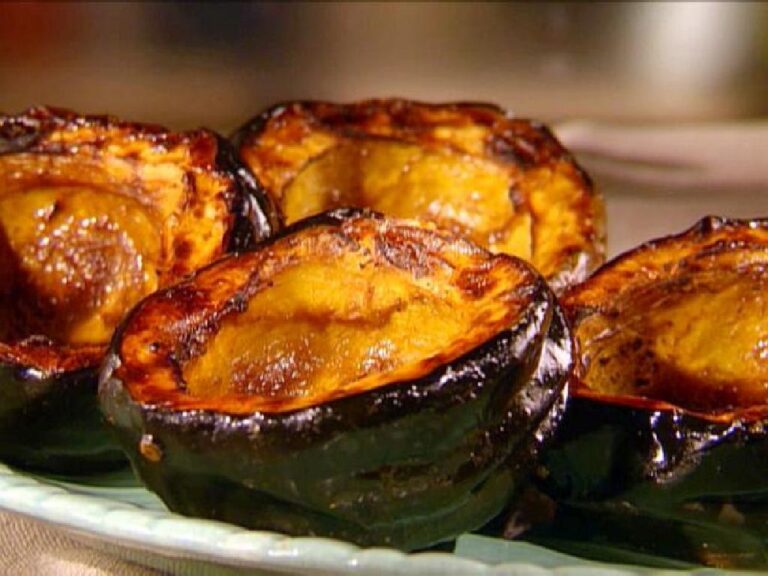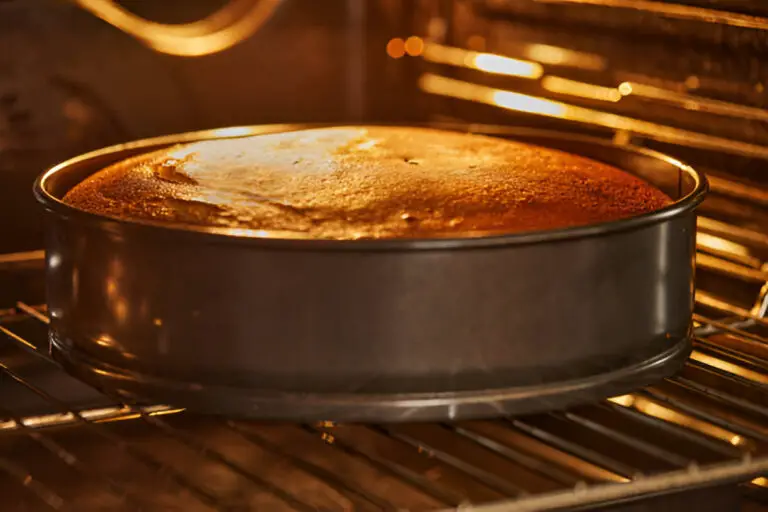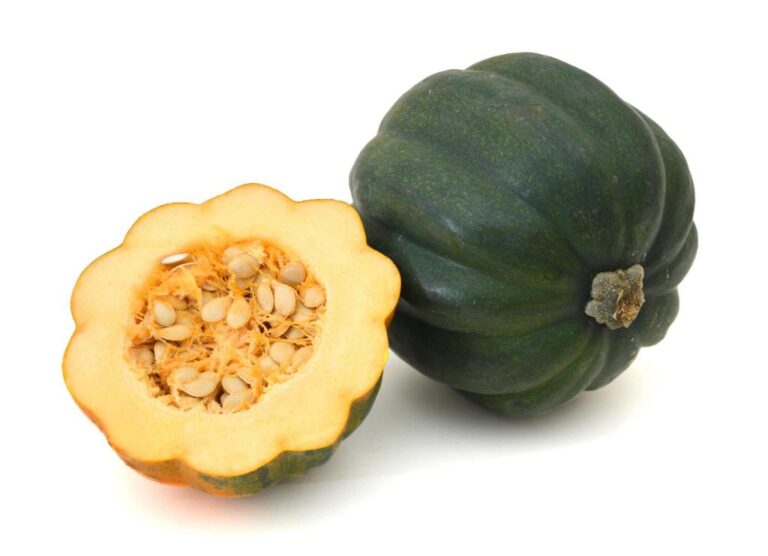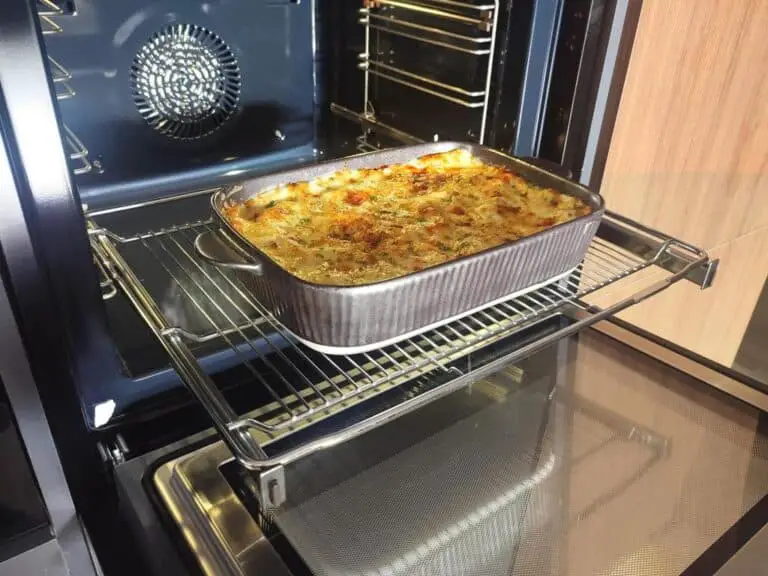Step-by-Step Guide: How to Clean and Cook Artichokes Like a Pro
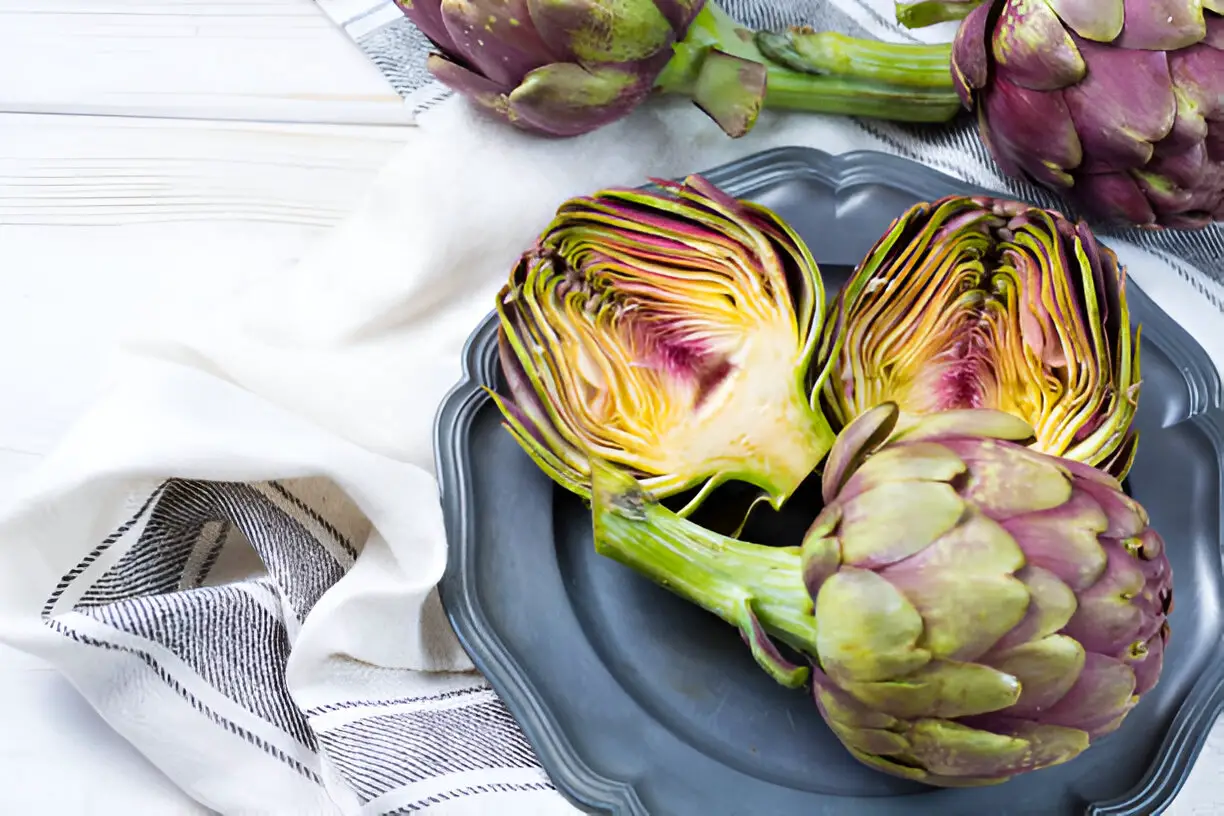
When it comes to artichokes, a lot of people tend to shy away because they seem tricky. It’s a vegetable that doesn’t just sit there and wait to be tossed into a pot. Nope! You’ve got to roll up your sleeves, get rid of some thorny bits, and make it shine. But once you know the ropes, it’s a breeze. So, grab an apron and let’s tackle these tasty little globes together.
Why Bother with Artichokes?
Let’s be real. Artichokes aren’t the flashiest veggie in the produce aisle. But once you crack them open (literally and figuratively), they reveal a buttery, nutty flavor that’s worth every minute of prep. Plus, they’re packed with antioxidants, fiber, and vitamins that your body will love.
Why Do You Have to Clean Artichokes?
When it comes to preparing artichokes, one of the most commonly asked questions is, “Do I have to clean them?” The answer, unfortunately, is yes. Though it may not be the most fun task, it’s important to clean artichokes before eating them. Here’s why:
- Artichokes can be dirty.
Since artichokes grow in the dirt, they can often be covered in bits of soil and other debris. This can be dangerous if ingested, as it can cause digestive problems.
- Artichokes can be covered in pesticides.
In addition to being dirty, artichokes can also be covered in pesticides. These pesticides can be harmful if ingested, so it’s important to remove them before eating.
- Artichokes can contain bacteria.
Finally, artichokes can contain bacteria, which can cause food poisoning if ingested. By cleaning the artichokes thoroughly, you can reduce your risk of food poisoning.
So, while cleaning artichokes may not be the most fun task, it’s definitely important. Make sure to use a vegetable brush to scrub off any dirt or debris, and to rinse them under cold water. You may also want to use a vinegar solution to help remove any pesticides or bacteria.
What You’ll Need
Before diving into the artichoke adventure, make sure you’ve got a few essentials handy. Here’s a quick checklist:
- Fresh artichokes
- A sharp knife
- Kitchen shears
- A spoon or melon baller (for the choke)
- Lemon (to keep things fresh)
- Pot for steaming or boiling
- Salt, olive oil, and seasonings (optional)
With your tools ready, let’s break this down step by step.
How to Clean and Cook Artichokes Step-by-step
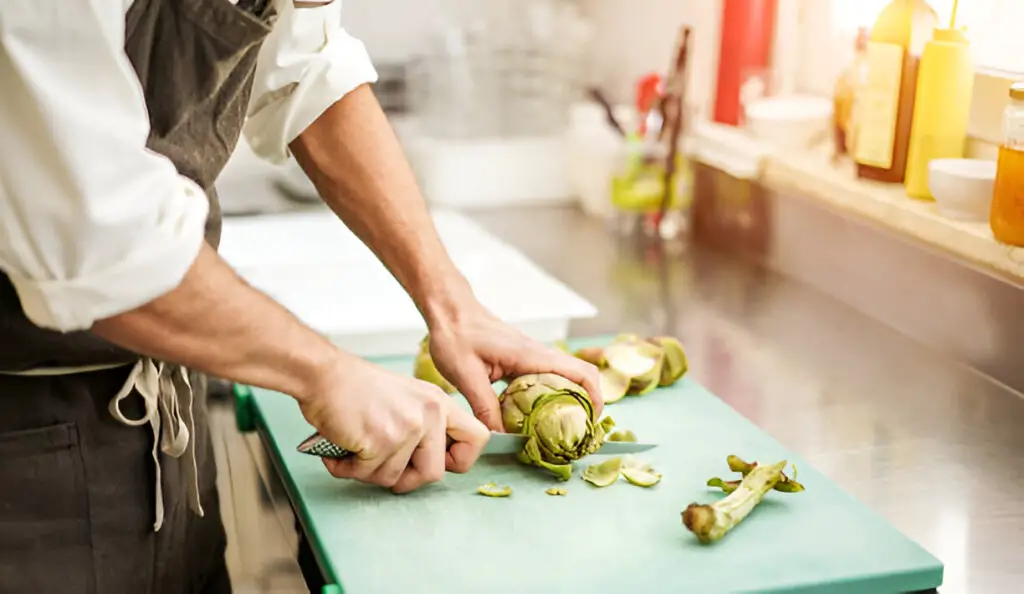
Step 1: Selecting the Perfect Artichoke
First things first: You need to start with the right artichokes. When shopping, pick artichokes that feel heavy for their size. They should be firm, with tightly packed leaves. If the leaves squeak when you give them a gentle squeeze, you’re golden! Avoid artichokes that look dry, split, or have too much brown on the tips.
Step 2: Trimming the Artichoke Leaves
Think of this step as giving your artichoke a haircut. Grab your kitchen shears and start trimming about half an inch off the tips of each leaf. These tips often have tiny thorns, and although they won’t hurt you (much), getting rid of them makes handling the artichoke easier and less prickly.
Next, with a sharp knife, cut about an inch off the top of the artichoke. This helps expose the inside and gives you a flat surface, making it look more like a polished gem instead of a prickly problem.
Step 3: Cutting the Stem
The stem might seem like an afterthought, but trust me, you don’t want to toss it out! Trim the stem down to about one to two inches, and don’t forget to peel away the tough, fibrous outer layer. Underneath, you’ll find a tender core that’s just as tasty as the heart.
Step 4: Prepping with Lemon
Here’s a pro tip: Artichokes oxidize fast, meaning they’ll start to brown quicker than a bad tan. To keep things fresh and green, rub a halved lemon all over the cut surfaces. This little citrus trick adds a fresh zing and prevents your artichokes from looking sad and discolored.
Step 5: Removing the Choke
Now we’re getting to the heart of it. The choke is that fuzzy, inedible center sitting atop the heart. After you’ve cut the artichoke in half, use a spoon or melon baller to scoop out the choke and the small, purple-tipped leaves surrounding it. Be gentle, but firm—it’s a bit like scooping out a pumpkin. Once the choke is out, you’re left with the prize: the artichoke heart.
Step 6: Cooking the Artichokes
Now that your artichokes are cleaned up and ready for action, it’s time to cook them. Here are three popular ways to cook artichokes, depending on your preference:
Steaming Artichokes (The Classic Way)
Steaming artichokes keeps them tender without stripping their flavor. Here’s what you do:
- Fill a pot with about two inches of water.
- Place a steamer basket in the pot.
- Bring the water to a boil and place the trimmed artichokes in the basket, stem side up.
- Cover the pot, reduce to a simmer, and steam for 25-45 minutes, depending on the size.
The artichoke is done when you can easily pull off a leaf and the stem feels tender when pierced with a fork.
Boiling Artichokes (Fast and Easy)
If you’re pressed for time, boiling artichokes works just as well:
- Fill a large pot with water and add a pinch of salt.
- Bring to a boil and add the artichokes.
- Boil for about 20-30 minutes, until the leaves pull away easily and the heart is tender.
Pro Tip: Add some lemon slices, garlic, or herbs to the boiling water for extra flavor.
Roasting Artichokes (For a Bold Flavor)
Want something a bit more robust? Try roasting:
- Preheat the oven to 400°F (200°C).
- Halve the artichokes and drizzle with olive oil, salt, and pepper.
- Roast cut-side down on a baking sheet for 25-30 minutes.
Roasting gives artichokes a caramelized, almost smoky flavor that’s irresistible.
Step 7: Serving the Artichokes
Here’s the fun part! To eat, pull off the outer leaves and dip them in your favorite sauce (garlic butter, aioli, or even a balsamic glaze works wonders). Scrape the tender base of each leaf with your teeth, then work your way inward. The closer you get to the heart, the softer and more flavorful the leaves become. Once you’ve devoured the leaves, enjoy the heart—it’s the crown jewel of the artichoke.
Artichoke Cooking Methods Comparison Table
| Cooking Method | Time | Flavor Profile | Texture |
| Steaming | 25-45 mins | Mild, natural flavor | Tender, soft |
| Boiling | 20-30 mins | Lightly flavored (depending on seasoning) | Tender, slightly watery |
| Roasting | 25-30 mins | Bold, caramelized | Crisp-tender with charred edges |
Artichoke Pro Tips
- Test for doneness: If a leaf pulls off easily, your artichoke is done.
- Season while cooking: For extra flavor, toss garlic, lemon, and herbs into your steaming or boiling water.
- Save the stem: Peeled stems are just as delicious as the heart—don’t let them go to waste!
The Bottom Line
Artichokes may seem like a bit of a hassle at first, but once you get the hang of it, they’ll become a kitchen staple. From the satisfying snap of pulling off each leaf to the rich, melt-in-your-mouth heart, every bite is worth the effort. Whether you steam, boil, or roast them, artichokes can elevate any meal with their unique flavor and texture. So next time you’re at the grocery store, don’t pass them by—grab a few and impress yourself with your newfound culinary prowess.

